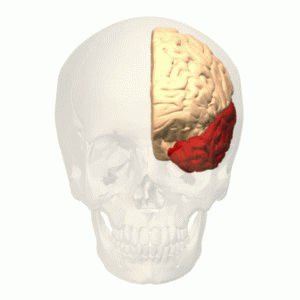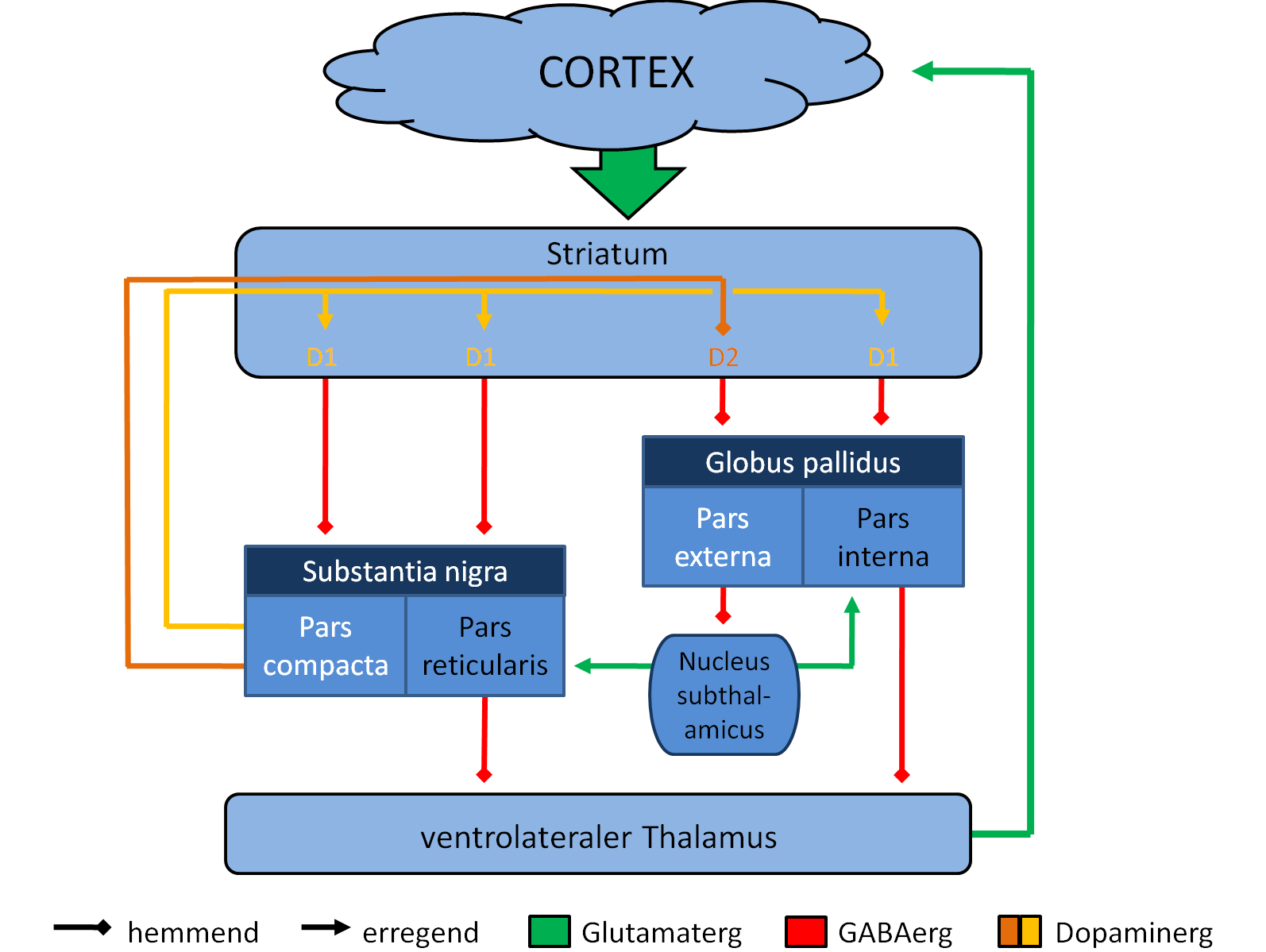|
Poverty Of Speech
In psychology, alogia (; from Greek ἀ-, "without", and λόγος, "speech" + New Latin -ia) is poor thinking inferred from speech and language usage. "alogia An impoverishment in thinking that is inferred from observing speech and language behavior. There may be brief and concrete replies to questions and restriction in the amount of spontaneous speech (termed poverty of speech). Sometimes the speech is adequate in amount but conveys little information because it is overconcrete, overabstract, repetitive, or stereotyped (termed poverty of content)." There may be a general lack of additional, unprompted content seen in normal speech, so replies to questions may be brief and concrete, with less spontaneous speech. This is termed poverty of speech or laconic speech. "laconic speech Condition characterized by a reduction in the quantity of spontaneous speech; replies to questions are brief and unelaborated, and little or no unprompted additional information is provided. Occurs in m ... [...More Info...] [...Related Items...] OR: [Wikipedia] [Google] [Baidu] |
Psychology
Psychology is the scientific study of mind and behavior. Its subject matter includes the behavior of humans and nonhumans, both consciousness, conscious and Unconscious mind, unconscious phenomena, and mental processes such as thoughts, feelings, and motivation, motives. Psychology is an academic discipline of immense scope, crossing the boundaries between the Natural science, natural and social sciences. Biological psychologists seek an understanding of the Emergence, emergent properties of brains, linking the discipline to neuroscience. As social scientists, psychologists aim to understand the behavior of individuals and groups.Hockenbury & Hockenbury. Psychology. Worth Publishers, 2010. A professional practitioner or researcher involved in the discipline is called a psychologist. Some psychologists can also be classified as Behavioural sciences, behavioral or Cognitive science, cognitive scientists. Some psychologists attempt to understand the role of mental functions in i ... [...More Info...] [...Related Items...] OR: [Wikipedia] [Google] [Baidu] |
Central Nervous System
The central nervous system (CNS) is the part of the nervous system consisting primarily of the brain, spinal cord and retina. The CNS is so named because the brain integrates the received information and coordinates and influences the activity of all parts of the bodies of bilateria, bilaterally symmetric and triploblastic animals—that is, all multicellular animals except sponges and Coelenterata, diploblasts. It is a structure composed of nervous tissue positioned along the Anatomical_terms_of_location#Rostral,_cranial,_and_caudal, rostral (nose end) to caudal (tail end) axis of the body and may have an enlarged section at the rostral end which is a brain. Only arthropods, cephalopods and vertebrates have a true brain, though precursor structures exist in onychophorans, gastropods and lancelets. The rest of this article exclusively discusses the vertebrate central nervous system, which is radically distinct from all other animals. Overview In vertebrates, the brain and spinal ... [...More Info...] [...Related Items...] OR: [Wikipedia] [Google] [Baidu] |
Unconsciously
In psychoanalysis and other psychological theories, the unconscious mind (or the unconscious) is the part of the psyche that is not available to introspection. Although these processes exist beneath the surface of conscious awareness, they are thought to exert an effect on conscious thought processes and behavior. The term was coined by the 18th-century German Romantic philosopher Friedrich Schelling and later introduced into English by the poet and essayist Samuel Taylor Coleridge. The emergence of the concept of the unconscious in psychology and general culture was mainly due to the work of Austrian neurologist and psychoanalyst Sigmund Freud. In psychoanalytic theory, the unconscious mind consists of ideas and drives that have been subject to the mechanism of repression: anxiety-producing impulses in childhood are barred from consciousness, but do not cease to exist, and exert a constant pressure in the direction of consciousness. However, the content of the unconscious is o ... [...More Info...] [...Related Items...] OR: [Wikipedia] [Google] [Baidu] |
Lexicons
A lexicon (plural: lexicons, rarely lexica) is the vocabulary of a language or branch of knowledge (such as nautical or medical). In linguistics, a lexicon is a language's inventory of lexemes. The word ''lexicon'' derives from Greek word (), neuter of () meaning 'of or for words'. Linguistic theories generally regard human languages as consisting of two parts: a lexicon, essentially a catalogue of a language's words (its wordstock); and a grammar, a system of rules which allow for the combination of those words into meaningful sentences. The lexicon is also thought to include bound morphemes, which cannot stand alone as words (such as most affixes). In some analyses, compound words and certain classes of idiomatic expressions, collocations and other phrasemes are also considered to be part of the lexicon. Dictionaries are lists of the lexicon, in alphabetical order, of a given language; usually, however, bound morphemes are not included. Size and organization Items in the l ... [...More Info...] [...Related Items...] OR: [Wikipedia] [Google] [Baidu] |
Temporal Lobe
The temporal lobe is one of the four major lobes of the cerebral cortex in the brain of mammals. The temporal lobe is located beneath the lateral fissure on both cerebral hemispheres of the mammalian brain. The temporal lobe is involved in processing sensory input into derived meanings for the appropriate retention of visual memory, language comprehension, and emotion association. ''Temporal'' refers to the head's temples. Structure The temporal lobe consists of structures that are vital for declarative or long-term memory. Declarative (denotative) or explicit memory is conscious memory divided into semantic memory (facts) and episodic memory (events). The medial temporal lobe structures are critical for long-term memory, and include the hippocampal formation, perirhinal cortex, parahippocampal, and entorhinal neocortical regions. The hippocampus is critical for memory formation, and the surrounding medial temporal cortex is currently theorized to be critical f ... [...More Info...] [...Related Items...] OR: [Wikipedia] [Google] [Baidu] |
Frontostriatal Circuit
Frontostriatal circuits are neural pathways that connect frontal lobe regions with the striatum and mediate motor, cognitive, and behavioural functions within the brain. They receive inputs from dopaminergic, serotonergic, noradrenergic, and cholinergic cell groups that modulate information processing. Frontostriatal circuits are part of the executive functions. Executive functions include the following: selection and perception of important information, manipulation of information in working memory, planning and organization, behavioral control, adaptation to changes, and decision making. These circuits are involved in neurodegenerative disorders such as Alzheimer's disease and Parkinson's disease as well as neuropsychiatric disorders including schizophrenia, depression, obsessive compulsive disorder (OCD), and in neurodevelopmental disorder such as attention-deficit hyperactivity disorder (ADHD). Anatomy There are five defined frontostriatal circuits: motor and oculomoto ... [...More Info...] [...Related Items...] OR: [Wikipedia] [Google] [Baidu] |
Cluster Analysis
Cluster analysis or clustering is the data analyzing technique in which task of grouping a set of objects in such a way that objects in the same group (called a cluster) are more Similarity measure, similar (in some specific sense defined by the analyst) to each other than to those in other groups (clusters). It is a main task of exploratory data analysis, and a common technique for statistics, statistical data analysis, used in many fields, including pattern recognition, image analysis, information retrieval, bioinformatics, data compression, computer graphics and machine learning. Cluster analysis refers to a family of algorithms and tasks rather than one specific algorithm. It can be achieved by various algorithms that differ significantly in their understanding of what constitutes a cluster and how to efficiently find them. Popular notions of clusters include groups with small Distance function, distances between cluster members, dense areas of the data space, intervals or pa ... [...More Info...] [...Related Items...] OR: [Wikipedia] [Google] [Baidu] |
Semantic Memory
Semantic memory refers to general world knowledge that humans have accumulated throughout their lives. This general knowledge (Semantics, word meanings, concepts, facts, and ideas) is intertwined in experience and dependent on culture. New concepts are learned by applying knowledge learned from things in the past. Semantic memory is distinct from episodic memory—the memory of experiences and specific events that occur in one's life that can be recreated at any given point. For instance, semantic memory might contain information about what a cat is, whereas episodic memory might contain a specific memory of stroking a particular cat. Semantic memory and episodic memory are both types of explicit memory, explicit memory (or declarative memory), or memory of facts or events that can be consciously recalled and "declared". The counterpart to declarative or explicit memory is implicit memory (also known as nondeclarative memory). History The idea of semantic memory was first intr ... [...More Info...] [...Related Items...] OR: [Wikipedia] [Google] [Baidu] |
Correlation
In statistics, correlation or dependence is any statistical relationship, whether causal or not, between two random variables or bivariate data. Although in the broadest sense, "correlation" may indicate any type of association, in statistics it usually refers to the degree to which a pair of variables are '' linearly'' related. Familiar examples of dependent phenomena include the correlation between the height of parents and their offspring, and the correlation between the price of a good and the quantity the consumers are willing to purchase, as it is depicted in the demand curve. Correlations are useful because they can indicate a predictive relationship that can be exploited in practice. For example, an electrical utility may produce less power on a mild day based on the correlation between electricity demand and weather. In this example, there is a causal relationship, because extreme weather causes people to use more electricity for heating or cooling. However, in g ... [...More Info...] [...Related Items...] OR: [Wikipedia] [Google] [Baidu] |
Consonants
In articulatory phonetics, a consonant is a speech sound that is articulated with complete or partial closure of the vocal tract, except for the h sound, which is pronounced without any stricture in the vocal tract. Examples are and pronounced with the lips; and pronounced with the front of the tongue; and pronounced with the back of the tongue; , pronounced throughout the vocal tract; , , and pronounced by forcing air through a narrow channel (fricatives); and and , which have air flowing through the nose ( nasals). Most consonants are pulmonic, using air pressure from the lungs to generate a sound. Very few natural languages are non-pulmonic, making use of ejectives, implosives, and clicks. Contrasting with consonants are vowels. Since the number of speech sounds in the world's languages is much greater than the number of letters in any one alphabet, linguists have devised systems such as the International Phonetic Alphabet (IPA) to assign a unique and un ... [...More Info...] [...Related Items...] OR: [Wikipedia] [Google] [Baidu] |
About
About may refer to: * About (surname) * About.com, an online source for original information and advice * about.me, a personal web hosting service * About URI scheme, an internal URI scheme * About box, a dialog box that displays information related to a computer software * About equal sign, symbol used to indicate values are approximately equal See also * About Face (other) * About Last Night (other) * About Time (other) * About us (other) * About You (other) * ''about to'', one of the future constructions in English grammar * {{disambiguation ... [...More Info...] [...Related Items...] OR: [Wikipedia] [Google] [Baidu] |
Aphasia
Aphasia, also known as dysphasia, is an impairment in a person's ability to comprehend or formulate language because of dysfunction in specific brain regions. The major causes are stroke and head trauma; prevalence is hard to determine, but aphasia due to stroke is estimated to be 0.1–0.4% in developed countries. Aphasia can also be the result of brain tumors, epilepsy, autoimmune neurological diseases, brain infections, or neurodegenerative diseases (such as dementias). To be diagnosed with aphasia, a person's language must be significantly impaired in one or more of the four aspects of communication. In the case of progressive aphasia, a noticeable decline in language abilities over a short period of time is required. The four aspects of communication include spoken language production, spoken language comprehension, written language production, and written language comprehension. Impairments in any of these aspects can impact functional communication. The difficulties o ... [...More Info...] [...Related Items...] OR: [Wikipedia] [Google] [Baidu] |



